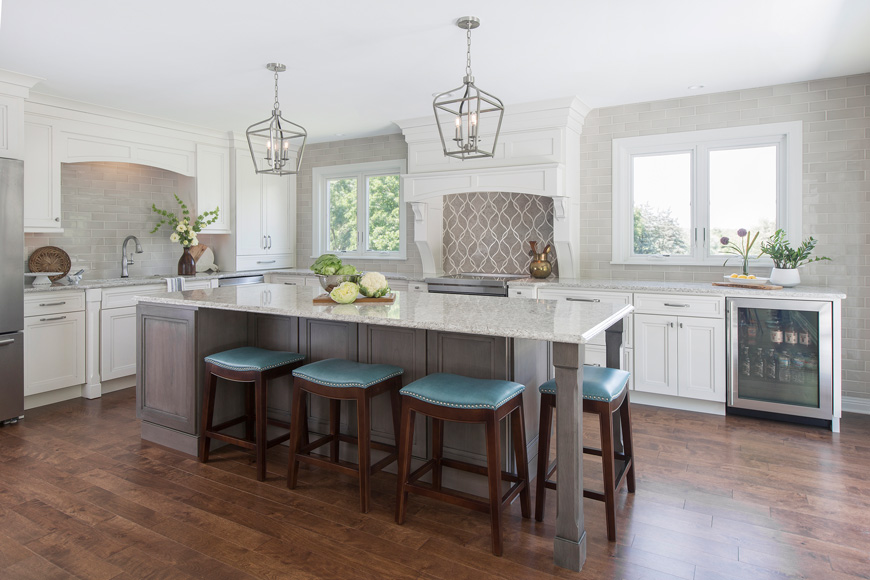Our Interior Design Phases
- Home
- Interior Design
- Our Interior Design Phases

Our Interior Design Phases
step one - client consultation
During the programming phase, the client's interior design needs and objectives are identified. Questions regarding the specific function(s) of the space, who will be using the space and furniture and equipment requirements will be discussed. Measurements and photos are also taken at this time.
step two - interior schematic design
In the schematic design phase, space planning and furniture layouts are developed. Circulation patterns and minimum clearances are considered and applied to the floor plan. Rough sketches and elevations are created, preliminary furniture and finish ideas are developed and then presented to the client for review and revision.
step three - interior design development
After final approval of the schematic design, the interior designer develops floor plans, elevations and other related items in greater detail. Colors and finishes are refined, furniture, fabrics and equipment are selected and cost estimates are prepared. The resulting design is presented to the client for review, revision and final approval.
step four - interior construction documentation
In the first phase, the specific details of the work to be completed are documented. These details include millwork specification, finish selections such as flooring and paint, lighting plans and fixture selection, plumbing location and fixture selection, and electrical layouts in regard to the total scope of work to be completed. In the second phase, bids are obtained, contractors selected, and purchase orders are issued.
step five - interior construction administration
This is the final stage where things are built and installed. The interior designer is often onsite during "installation" to ensure items are received in good condition, installed correctly, and that documents have been followed properly.
